Audio: Listen to this article.
When I started on this immersive audio journey, it wasn't possible to decode lossless TrueHD Atmos music on a computer. A processor with HDMI was required. Then I started using the Dolby Reference Player to decode the files, but the entire process was still less than simple. Now, it's possible to extract lossless TrueHD Atmos music into 7.1.4, and other channel configurations, WAV files for playback with any application that supports the high channel count. I play them through Audirvana and JRiver Media Center with ease, and even on my Aurender ACS10 using its Ravenna output.
This latest breakthrough came about because of the dedicated work of Garry at the QuadraphonicQuad forum. I tried to figure this out shortly after getting the Dolby Reference Player, using all the documented command line switches and some educated guesses. Nothing I tried worked. Garry found an undocumented way to make this happen, and it's all above board. No hacks necessary and no need to worry about the Dolby software police knocking on one's door.
Garry's Music Media Helper application has been indispensable thus far, when working with TrueHD Atmos files. Now, it's THE tool and it opens up a world of possibilities. Previously I hesitated to push my methods on "normal" people because the process is a bit arduous. Now, everyone can do this, as the process is beyond reasonable. It's simple.
Previously
Prior to the newest version of Music Media Helper, my process for obtaining TrueHD Atmos as WAV files was lengthy, but worth it.
- Rip the Blu-ray with MakeMKV or download the MKV
- Create a cue sheet for the album using Music Media Helper's Chapter Editor
- Extract individual MKA files from the MKV and tag them using Music Media Helper
- Extract TrueHD files from the MKV and MKA using MKVcleaver
- Rename the TrueHD files to .mlp
- Play / decode the album mlp file through the Dolby Reference Player through Blackhole and capture it in Audacity as a 12 channel (7.1.4) file. This is a realtime process that takes as long as the currently playing album.
- Export the 12 channel file as a w64 file because it's too large for regular WAV
- Using the cue sheet created earlier, split the w64 file into individual tracks as WAV files using XLD.
That's a streamlined version of the process. Little issues pop up here and there, but again, it was absolutely worth it.
Now
Using Music Media Helper version 6.3.14 the new process of extracting TrueHD Atmos WAV files for playback in any application that supports the channel count is as follows. Note: The Dolby Reference Player is still reqquired, but is only used by MMH.
- Rip the Blu-ray with MakeMKV or download the MKV
- Use Music Media Helper to extract and tag WAV files from the MKV.
Seriously, thanks to Garry, that's it! Here are some addition details and screenshots.
With an MKV in hand (on disk), open Music Media Helper's MMH Atmos Helper, and click Decode Atmos.
The follow screen pops up. Select Open MKV/MLP/M4A File(s)
Select your channel layout. In my case, I have a 7.1.4 system (link).
Use Multichannel Interleaved WAV. That measn all the channels will be ina single file for playback.
The Apply Channel Gain can be set to 1.0 to leave the output unchanged. This is a multiplier, so 1.0 means no multiplication.
When the extraction is done, the files look like this.
Using Music Media Helper's Tag & Rename Media Files function, to do exactly that.
When done, the files are tagged and renamed, and ready for one's favorite multichannel music playback application.
Note: Using a powerful computer is recommended. Here's a screenshot of my CAPS Twenty's CPU utilization while the extraction is running.
Wrap Up
Once again, a huge thank you to Garry for working through this and offering it to everyone free of charge. This is a game changer. Getting lossless TrueHD Atmos files is now easier than ripping SACDs and nearly as easy as ripping straight Redbook CDs.
If you're reading this and thinking what's the big deal, no worries. I don't blame you. Just imagine if getting CD quality music back in 2007 involved the arduous process I described above, prior to this latest breakthrough. Not many people would've been excited to jump into the music server or computer audio game. Playing the CD wouldn've been just fine.
Perhaps now more applications and music servers will support multichannel playback with channel counts higher than eight. Rememebr when playing DSD was esoteric and helper applications were requried and most apps didn't support it? Sounds similar doesn't it :~)
Anyway, time to listen to some glorious lossless TrueHD Atmos!



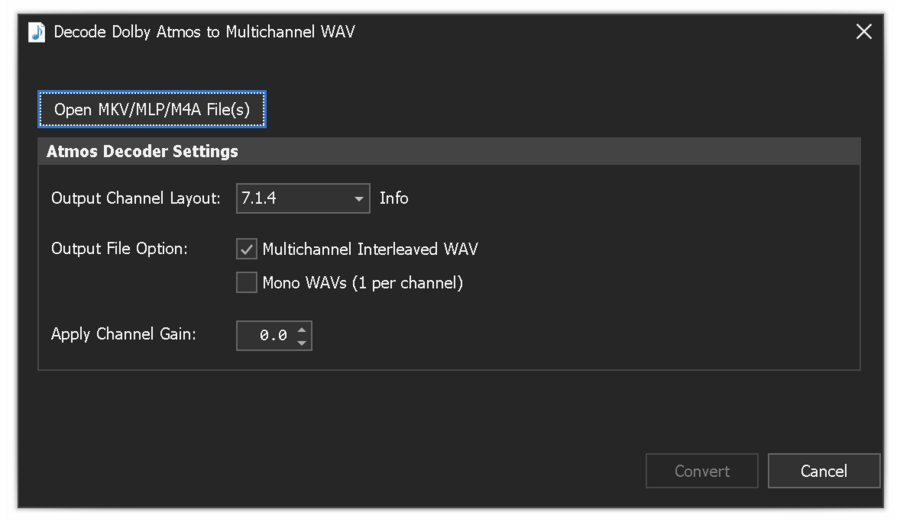
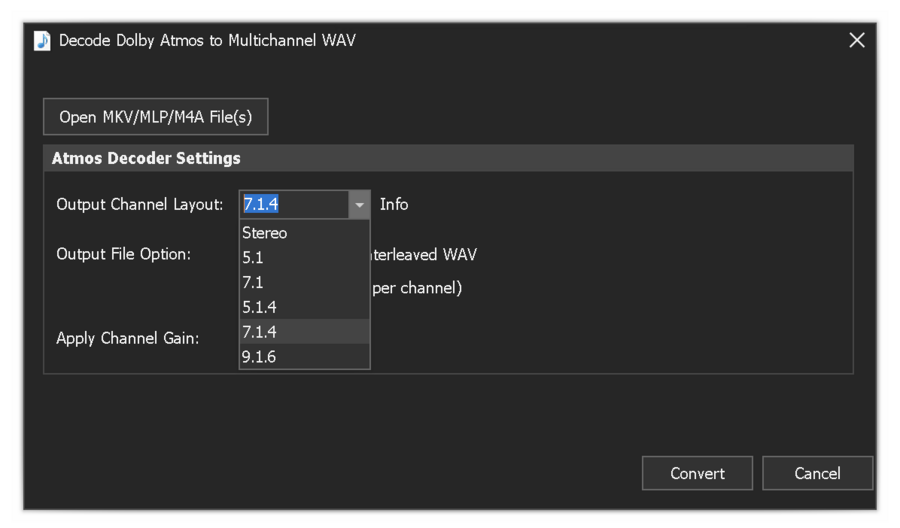


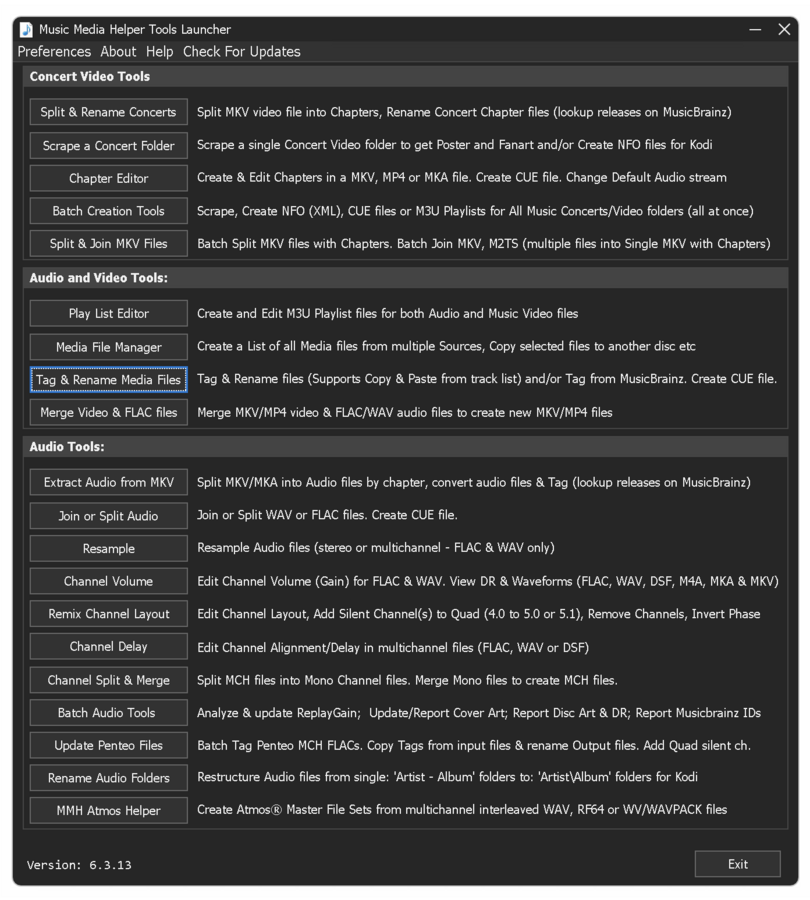

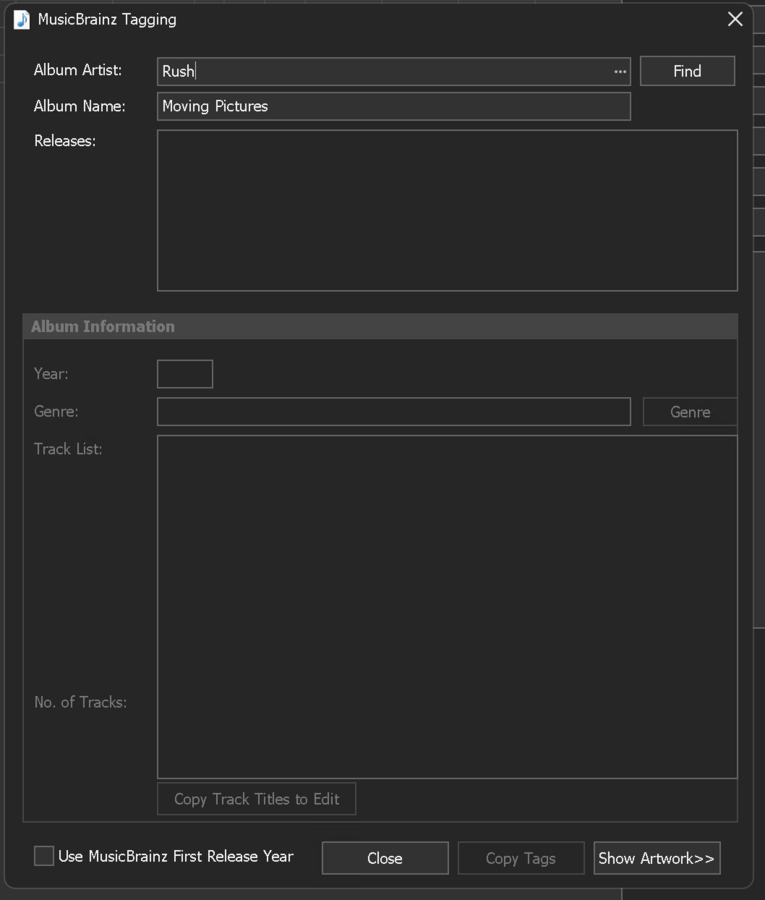

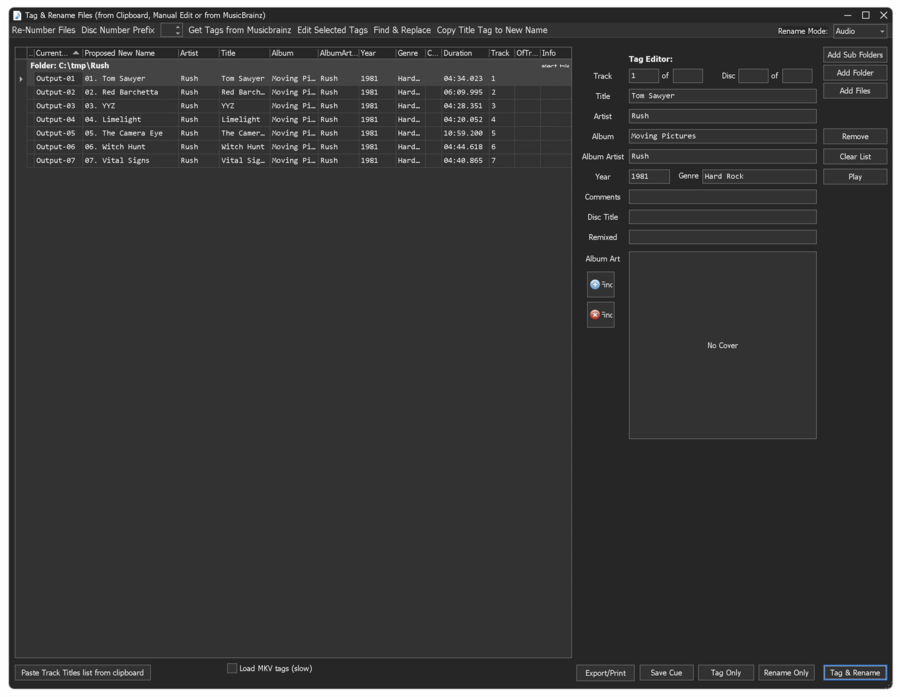
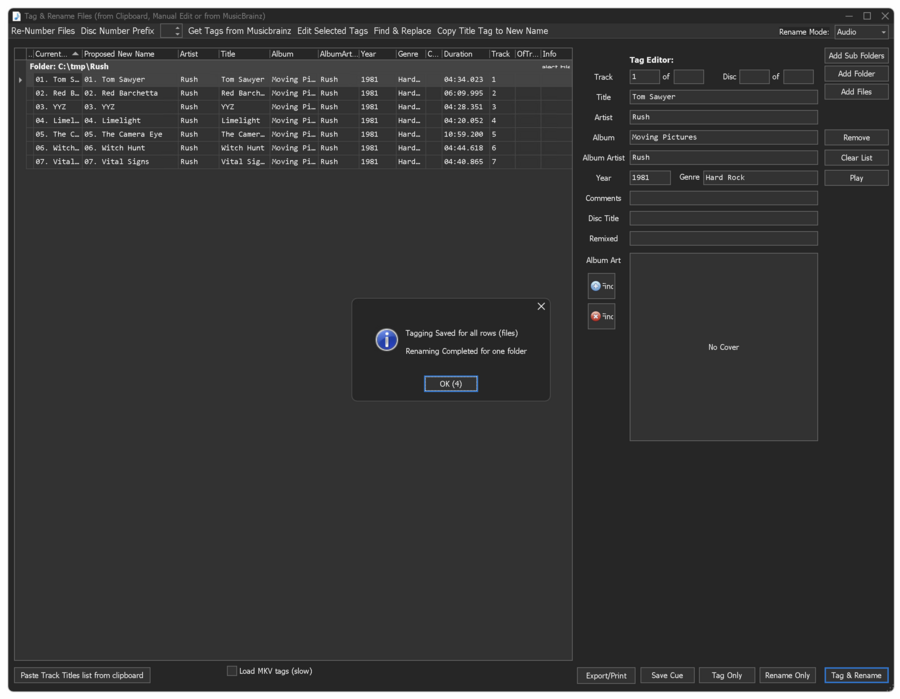
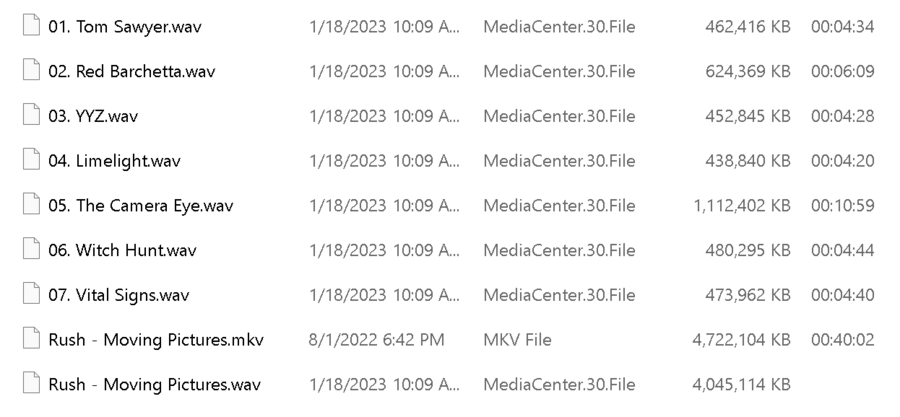











Recommended Comments
Create an account or sign in to comment
You need to be a member in order to leave a comment
Create an account
Sign up for a new account in our community. It's easy!
Register a new accountSign in
Already have an account? Sign in here.
Sign In Now